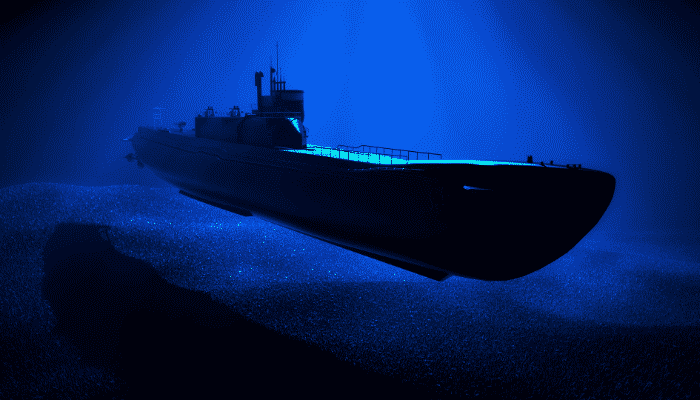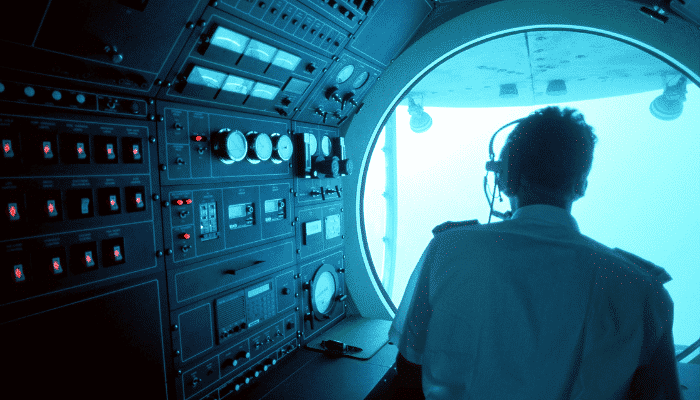Submarines fascinate the majority of us. These pressure vessels operate at gigantic depths and are utilised for a variety of applications ranging from research to defence. As you may know, a submarine is a type of ship that can operate on its own. Unlike ships, submarines cannot use on the surface and remain submerged for days at great depths.
As a result, they must accommodate more advanced systems and technology that can sustain such levels while also allowing the vessel and its crew to fulfil all service standards, capabilities, safety, and, most critically, survivability.

Many people have a simple question: how does the crew inside a submarine breathe?
It would be fair to say that many of us have had this question around in our heads since we were kids. However, as the saying goes, need is the mother of invention. Submarines can continuously produce oxygen, allowing their crew to stay underwater for days.

To live happily, we all require a perfect atmosphere, such as the current atmospheric conditions. This entails determining the exact composition of gases at normal saturation and pressure conditions. Essentially, the right environment for survival would be a composition of nitrogen, oxygen, and other gases similar to that of our planet’s natural atmosphere.
As a result, an average healthy person consumes approximately 600 litres of oxygen every day. Therefore, one of the fundamental pillars of underwater accommodation and system design is the generation of oxygen for continuous supply.

One of the earliest and most basic methods for creating oxygen is water electrolysis. Before electrolysis, desalination is used to remove the salt from the water. On the other hand, Electrolysis isn’t the only mechanism to make oxygen. The submarine team must also develop a technique to remove the excess carbon dioxide from the atmosphere.
To understand how to do all of this and also more, watch the video below:


